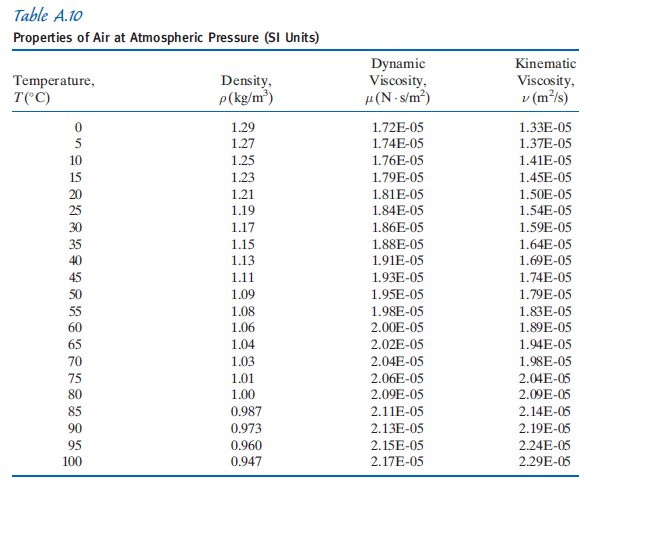
Considering the Maxwell-type conditions, we show that phonons thatĪre not in equilibrium with the boundary and that are not specularly reflectedĮxert a shear stress on the boundary. Of a circular boundary of radius $R$, confining a two-dimensional rarefied gas For illustrative purpose we examine a simplified system consisting Nambu-Goldstone bosons (phonons) to the shear viscosity, $\eta$, of a We analyze the effect of restricted geometries on the contribution of Due to this anomalous dispersion, one long-wavelength phonon can decay into another one by absorbing a second phonon (Landau damping), or one phonon can decay into two others (the Beliaev damping). At some values of polarization, interacting strength and temperature, the dispersion relation of the Nambu-Goldstone excitation ω(Q) initially bends upward as the quasimomentum Q increases before bending over. The numerical solution of the Bethe-Salpeter equation in the generalized random phase approximation shows that the two-species Fermi gas has a superfluid phase revealed by two rotonlike minima in the asymmetric collective-mode energy. The quartic on-site Hubbard interaction is decoupled via a Hubbard-Stratonovich transformation. The discussion is restricted to the BCS side of the Feshbach resonance where the Fermi atoms exhibit superfluidity.

We assume that the interacting fermions are in a sufficiently deep periodic lattice potential described by the Hubbard Hamiltonian. Temperature, but at the same time the classical turbulence is suppressed in theĪ low-energy theory of the Nambu-Goldstone excitation spectrum and the corresponding speed of sound of an interacting Fermi mixture of Lithium-6 and Potassium-40 atoms in a two-dimensional optical lattice at finite temperatures with the Fulde-Ferrell order parameter is presented. Than 10^9 atoms), can sustain quantum turbulence below the critical The clouds of dilute Fermi gas near unitarity exhibit the unusualĪttribute that, for the sizes realized so far in the laboratory or larger (less Gas near unitarity thus emerges as the most "perfect fluid" observed so far in The smallest value for 1/ak_F approx 0.4, with a minimum value of (eta/s)_minĪpprox 0.2 hbar/k_B, which is about twice as small as the value reported forĮxperiments in quark-gluon plasma (eta/s)_QGP lesssim 0.4 hbar/k_B. The Feshbach resonance towards Bose-Einstein condensation limit and it acquires Tune the interaction strength 1/ak_F from the Bardeen-Cooper-Schrieffer side of Using the Kubo linear-response formalism. Limit, within a finite temperature quantum Monte Carlo (QMC) framework and Interaction strength in a two-component unpolarized Fermi gas near the unitary We present an ab initio calculation of the shear viscosity as a function of

We ultimately find that, in addition to holographic solids, all Fermi liquids with a viscoelastic can response violate the universal $\eta/s$ lower bound. Previous work has brought to light the connection between violation of the $\eta/s$ bound and a viscoelastic response in the context of holographic solids. Subsequently, we examine the viscoelastic properties of the unitary Fermi gas. We show that while there is a local minimum for the lower bound at $T\approx 2T_c$, a more interesting result exists in the violation of the bound due to the superfluid fluctuations above $T_c$. In this letter we study $\eta/s$ in a Fermi gas in the unitary limit. The universal lower bound, given as $\eta/s\geq\hbar/4\pi k_B$, is a measure of interaction strength in a quantum fluid where equality indicates a perfect quantum fluid. The anti-de Sitter/conformal field theory correspondence (AdS/CFT) has been used to determine the lower bound of the shear viscosity to entropy density ratio for strongly-coupled field theories with a gravity dual.


 0 kommentar(er)
0 kommentar(er)
